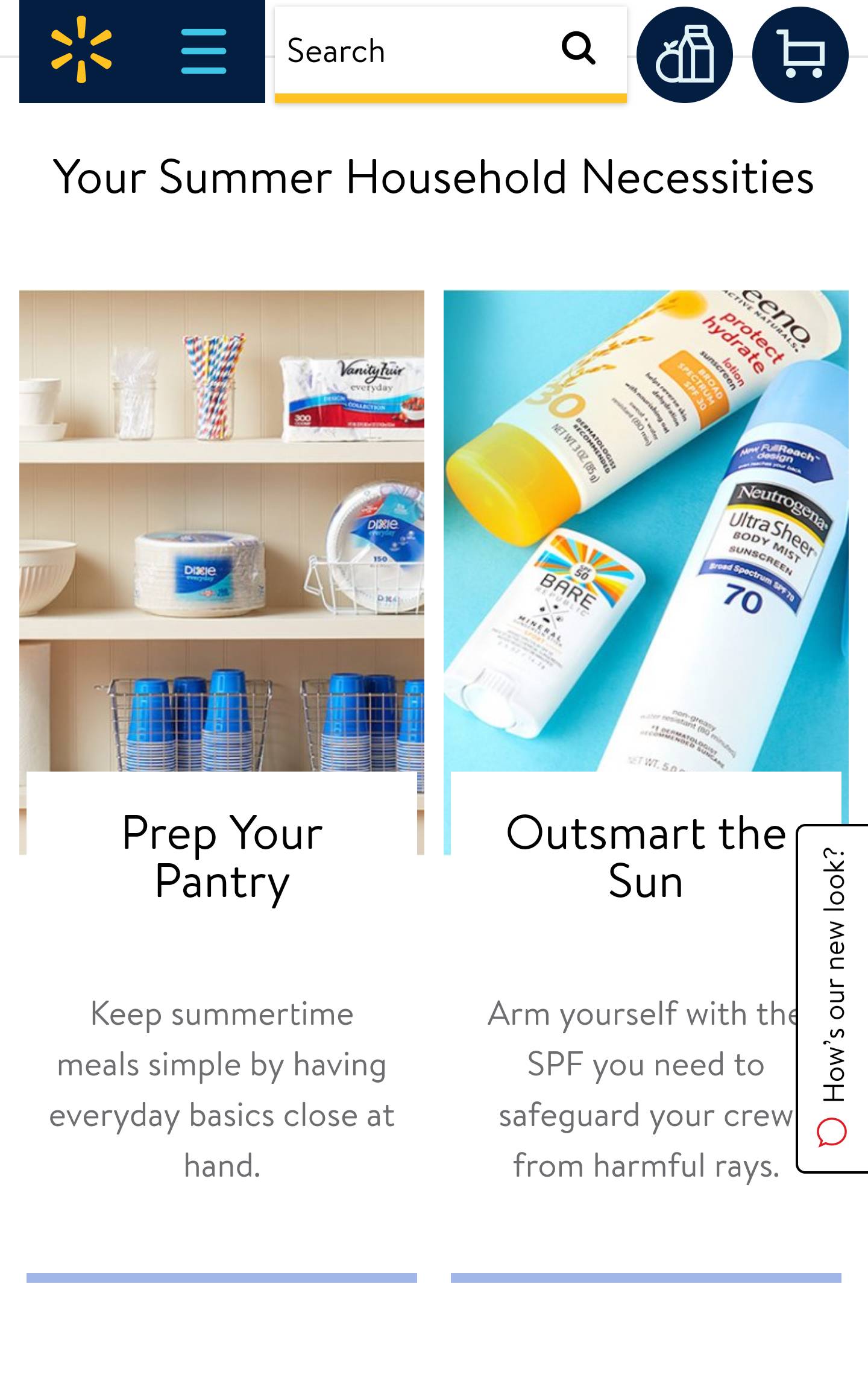Author: Gabriel Shaoolian / Source: Entrepreneur

Did you know that 88 percent of consumers are unlikely to return to a website after one bad experience?
It’s a staggering statistic, but it certainly says something about the importance of user experience in website design.
User experience (UX) is the overall experience a visitor has on a website, in a program or in a mobile app. It’s not any single design element or layout that defines the experience — instead, it is a comprehensive compilation of many little interactions woven together, producing positive or negative feelings about the website and, by default, the parent company.
The emotional connection that users feel as a direct result of the UX design directly impacts brand identity, consumer retention and a business’s bottom line.
Plus, according to research from Stanford University, over 46 percent of consumers view a website design as a top indicator of credibility — a quality that is imperative for brands to secure to captivate new consumers and then turn them into returning customers.
But these three simple design tips will improve your user experience, increase conversions and revenue and ultimately grow your business.
1. Incorporate consistent branding.
Studies show that consistent branding can increase revenue by up to 23 percent. Plus, a cohesive visual identity across every platform and device — including your website — will aid in creating a brand that consumers enjoy engaging with, leading them to want to engage with you over and over and over again.
This cohesive visual identity is quite easy to reproduce. The top website designs utilize a recognizable color palette, imagery that provides value and information to users, consistent typography and a subtle branding on each page of the website — often in the form of a watermark-like logo. This consistent branding creates a stable environment that empowers your users to find the products or information they are looking for without distracting or confusing them. They know where they are, what they can expect and now have the time to determine what they want to do.

Walmart is an excellent example of consistent branding and strong user experience design. The megastore’s investment in a modern, simple logo design and an easy-to-use website have resulted in a digital destination that is completely intuitive and easy to shop on….
Audience Team
The digital audience insights you need to build, manage and market to your digital audiences.

